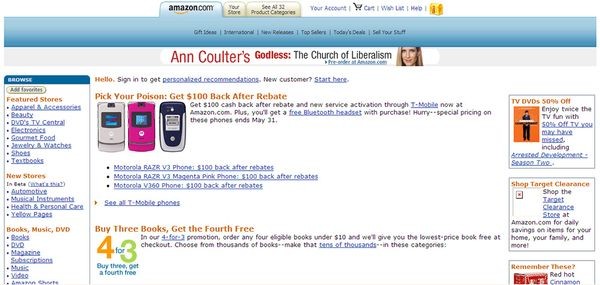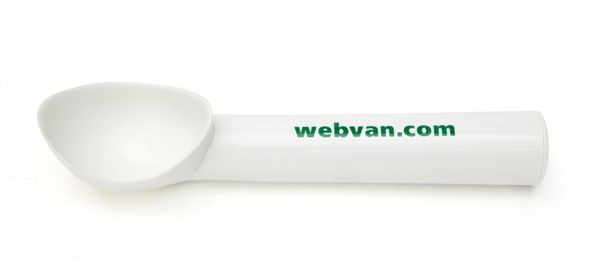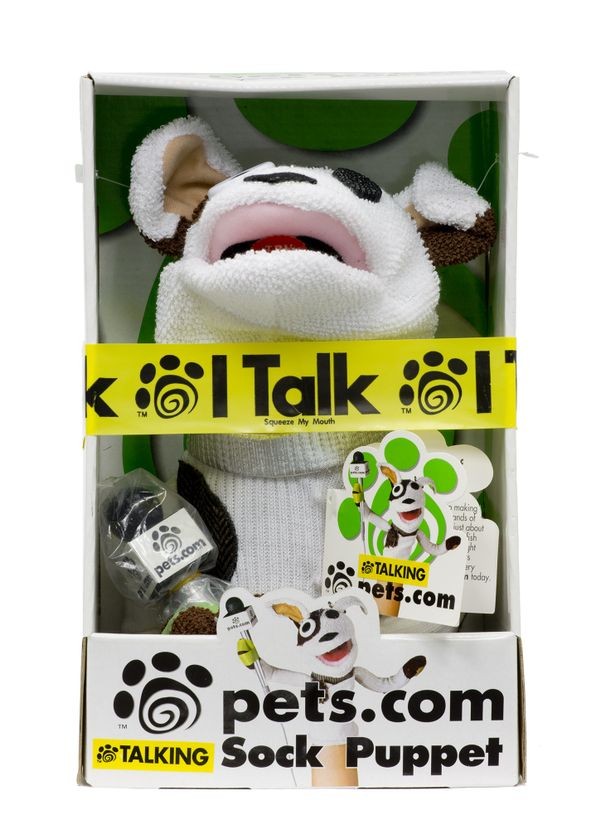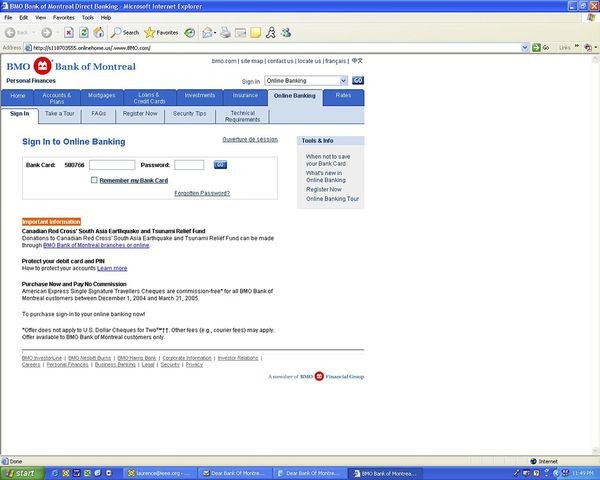Dot Com Winners & Losers
Pets.com website
This design received awards, but the high-profile company closed in less than two years. Why? The cost of advertising, buying and delivering the pet supplies exceeded revenue by several times.
Dot Com Winners & Losers
The Web’s potential inflated an extraordinary investment bubble. The bubble burst in 2001.
The bust’s impact was uneven. Some companies, like WebVan, imploded spectacularly. Others hung on. A few, like Amazon, grew.
Companies rethought business models, and startups found it harder to get funding. But the Web’s spread wasn’t stopped.
Amazon.com, online bookseller
If companies like Pets.com and WebVan were hares, Amazon was the tortoise that won the race. Founded in 1994 by Jeff Bezos, he didn’t expect a profit for four or five years. That came in 2001, during the depths of the bust for others.
View Artifact DetailWebvan.com ice cream scoop
Started by a Borders Books cofounder with support from prestigious venture capitalists and investors, WebVan’s home delivered grocery service became a poster child for failed dot-coms. The service was popular, but expenses far exceeded revenues.
View Artifact DetailPets.com sock puppet
The online pet supply company launched in 1998 went from IPO to liquidation in just 268 days. It built huge brand recognition with its major ads and the sock puppet mascot that inspired this toy.
View Artifact DetailGone Phishing
New technologies inspire new crimes.
Over a century ago, swindlers exploited telegraphy for stock and racing fraud. Early computer network crime was mostly exploratory, but the Web’s popularity spawned a criminal industry worth billions of dollars.
The Web and Internet’s strength—their freewheeling, open structure, welcoming all—also makes them vulnerable.
Fake Bank of Montreal site
Phishing emails try to lure unsuspecting people to fake sites like this one, which record their personal information for future sale or fraud. The only visible difference is a fake yet believable URL.
View Artifact Detail



